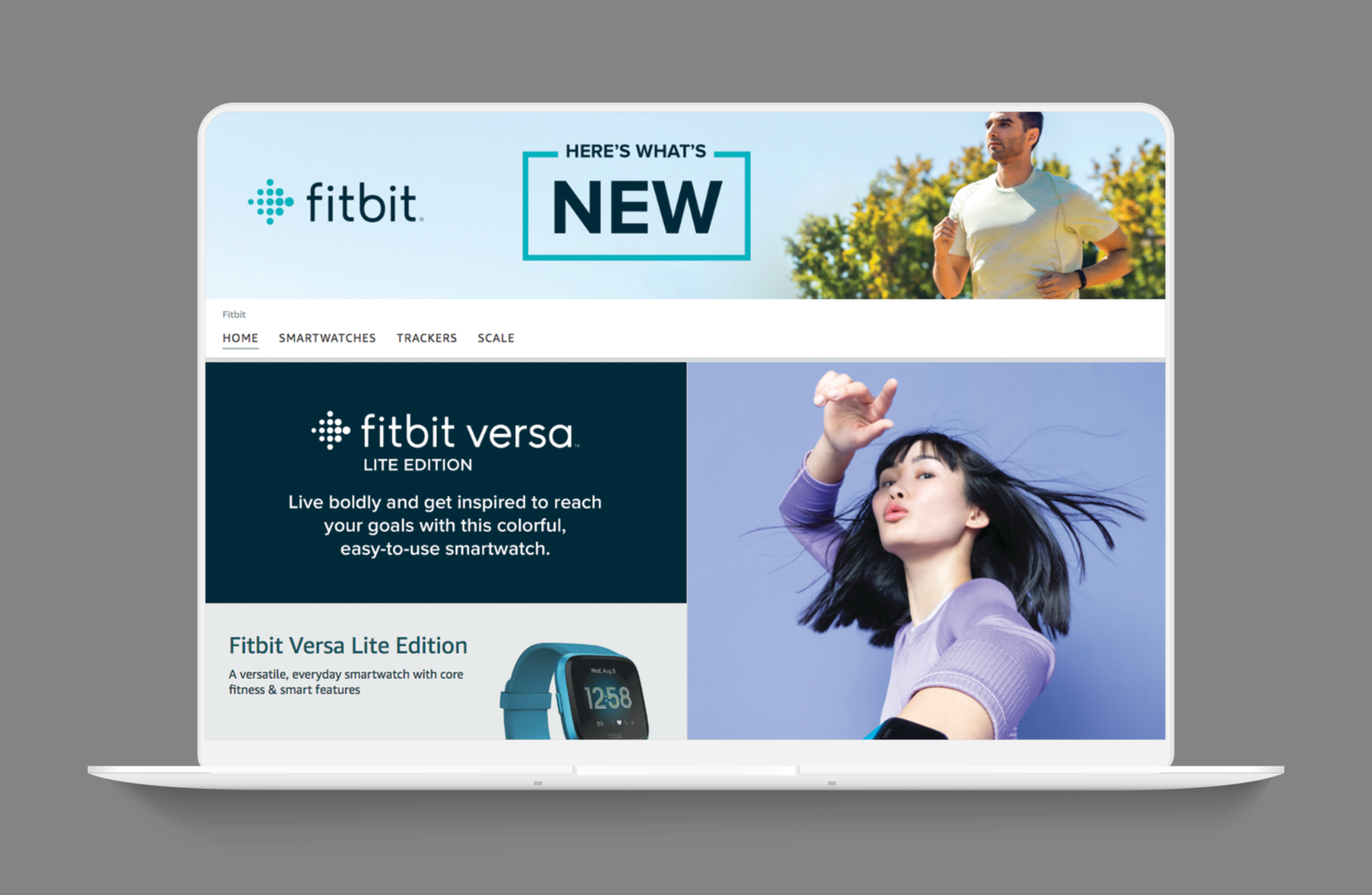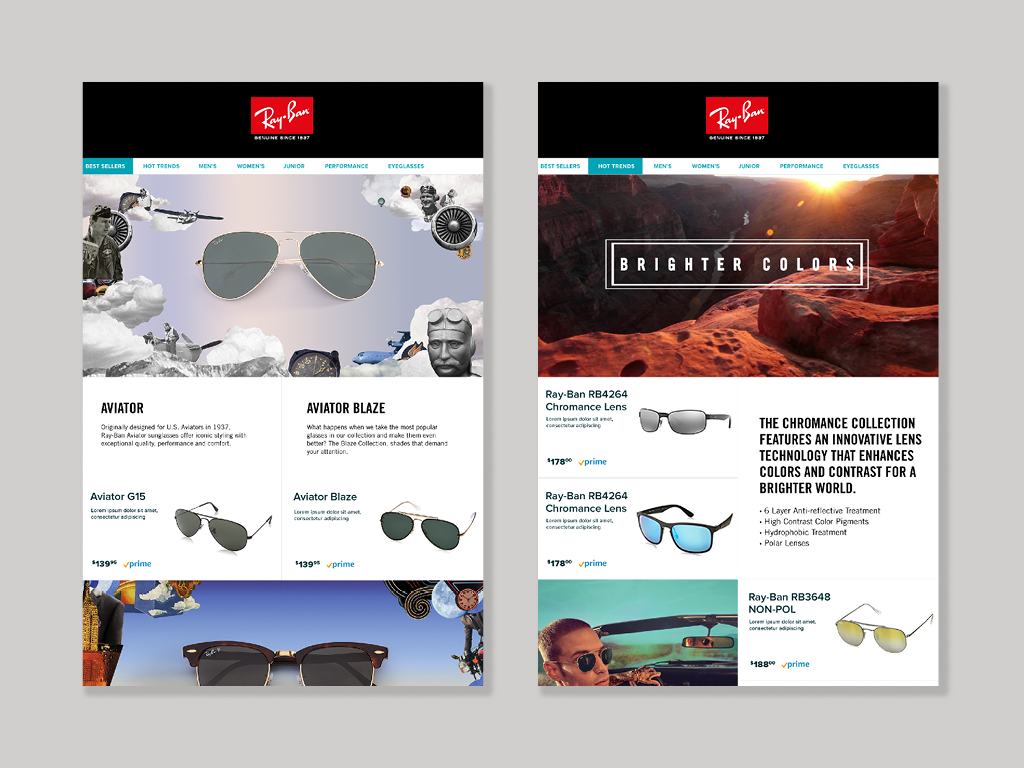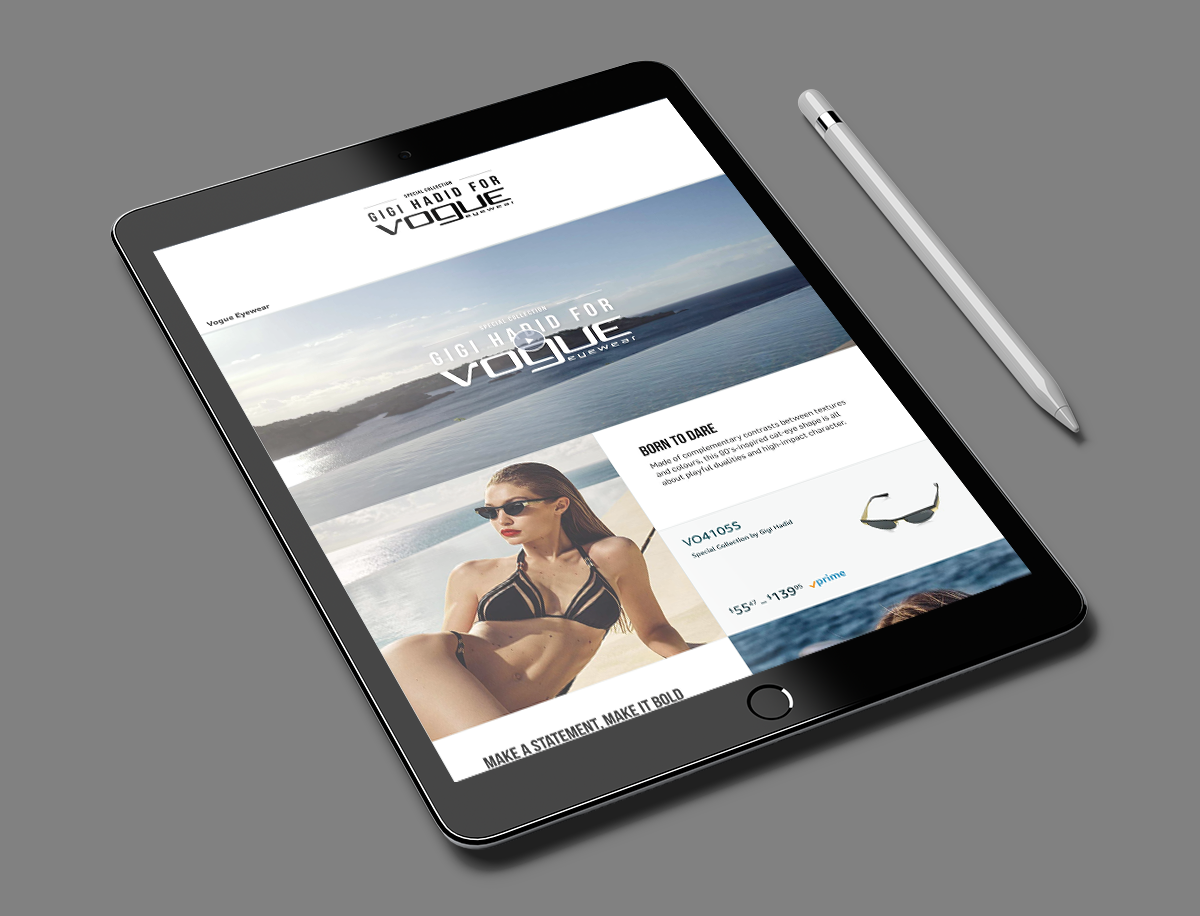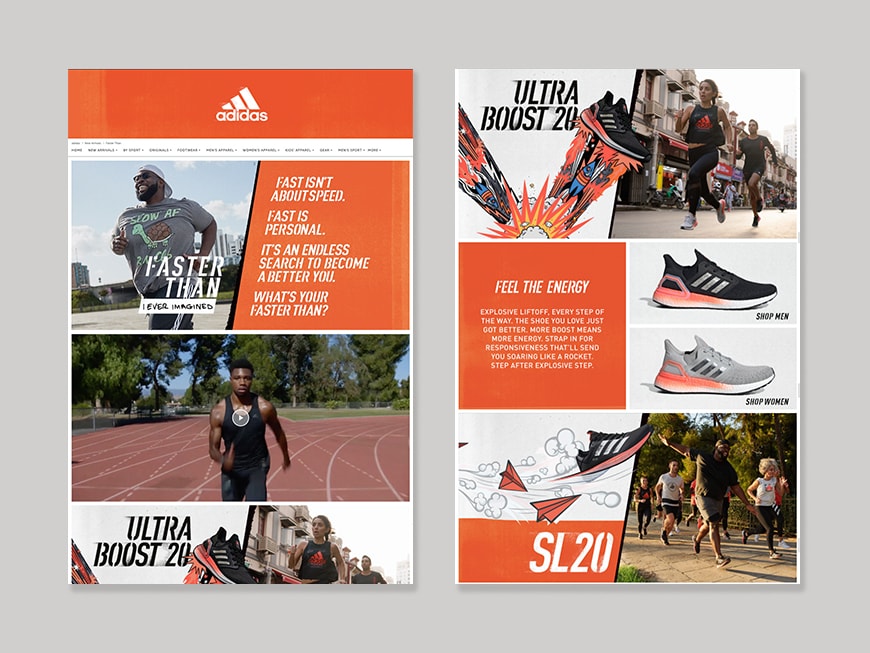14 Best Practices for a Better Amazon Brand Store
Whether you’re new to Amazon or looking to take your game to the next level, we’ve distilled our ten years of experience into this handy checklist.
Whether you’re new to Amazon or looking to take your game to the next level, we’ve distilled our ten years of experience into this handy checklist.
It’s no secret that Amazon is the most influential and disruptive retailer in the US, radically redefining eCommerce. And since Amazon.com has leapfrogged Google as the number one place we go to search for products, Amazon Stores may be a brand’s most valuable piece of digital real estate – bar none.
Sure, we all know that your direct-to-consumer (DTC) website gives you the greatest control over brand storytelling, merchandising, and the customer journey. Not to mention your margins are going to be way better on your own channels. But as Amazon continues its stratospheric rise, it provides trust, convenience, and access to a vast new customer base that you can activate through a variety of sophisticated marketing tools.
At a minimum, brands must strive to build consistency between their DTC channels and Amazon stores (as well as the rest of their channel partners) to avoid confusing the online shopper who’s bouncing from one site to the next looking for the best deal on your products. But there’s a host of other reasons for building a Brand Store, and a variety of ways to test and learn from this increasingly important marketing and sales channel. But before we get started, you may be asking, what exactly is an Amazon Store?
Fitbit’s Amazon Brand Store, designed by IRON Creative.

Scores of brands, both large and small, have woken up to the potential of Amazon to drive unparalleled growth in their businesses. For those brands, Stores have become an invaluable piece of digital real estate, establishing their credibility on the platform, and further legitimizing the platform in their customers’ eyes. If you are not effectively using Stores, you can bet your competitors are.
The platform represents a vast, untapped reserve of potential customers, people who would otherwise never visit your DTC website. These audiences can be effectively and efficiently reached through a host of advertising vehicles and can be one or two clicks away from a customizable brand experience.
For smaller brands, with limited marketing dollars, they often represent the best value for telling brand stories and converting sales. With its free-to-play model, Stores are a cost-effective tool to test and learn against a variety of messaging and design criteria. And as you drive more and more traffic to the Store, that data only grows in its significance.
Whether you’re new to the platform or looking to take your Amazon game to the next level, we’ve distilled our ten years of experience into this handy (okay, lengthy) 14 best practices for a better Amazon Store checklist.
Ray-Ban’s Amazon Brand Store, designed by IRON Creative.

Vogue Eyewear’s Amazon Brand Store, designed by IRON Creative.

Through its comprehensive and ever-evolving advertising platform, Amazon can help brands find, attract, and engage millions of customers at every stage of their journey. While it has done an excellent job of developing a robust set of standalone tools that enable relative newcomers to build attractive and functional Stores, to get the most out of this sophisticated marketing environment, a little specialist help can go a long way.
With its advanced campaign and brand store reporting, brands can test and learn with the most robust data set in the world. But for newcomers or brands who have historically failed to optimize the platform, it can be daunting – retaining a specialist team can help to produce exponential results. That’s where an agency like Iron comes in. We developed the first-ever Amazon Store (for Levi’s) over ten years ago and have been building robust and integrated Stores ever since for some of the world’s best-known brands, including Fitbit, Ray-Ban, Vogue Eyewear, and Adidas.
Adidas Ultraboost 20 Amazon Brand Store Page, designed by Iron Creative.

Stores are now an essential part of most brands’ marketing mix – with many companies building out dedicated teams of marketers to capitalize on the opportunity. And while they are free to set up, they need to be actively managed and maintained, ideally by a specialist agency or team, to add real value. Companies succeed when they continually test brand and custom marketing content to determine the best drivers of sales and awareness with what is likely to be a new audience. And given the ongoing rise of Amazon and its dominance in product search, Stores may represent the most effective vehicle for getting your brand in front of your target audience in a way you control.
At IRON, we’ve been developing proven Amazon marketing strategies – driving sales and building brand equity – for almost ten years. Contact us if you’d like to find out how we can help your business to grow at Amazon and beyond.
Drop us a line.
Contact us120 2nd St. Floor 3,
San Francisco, CA 94105